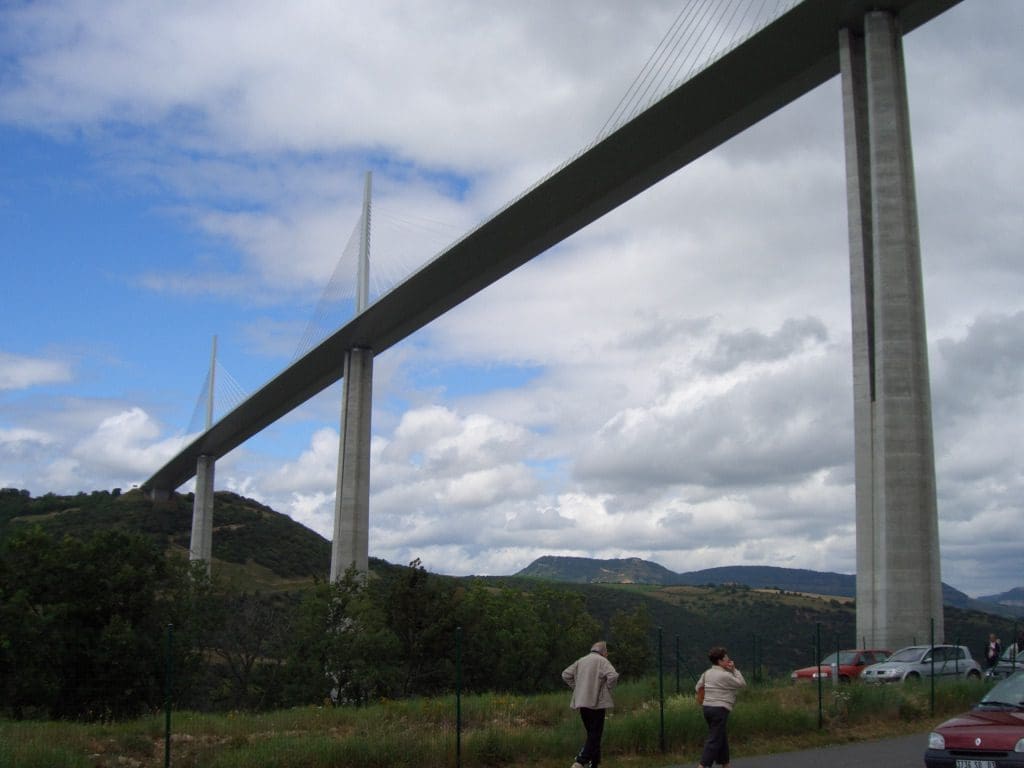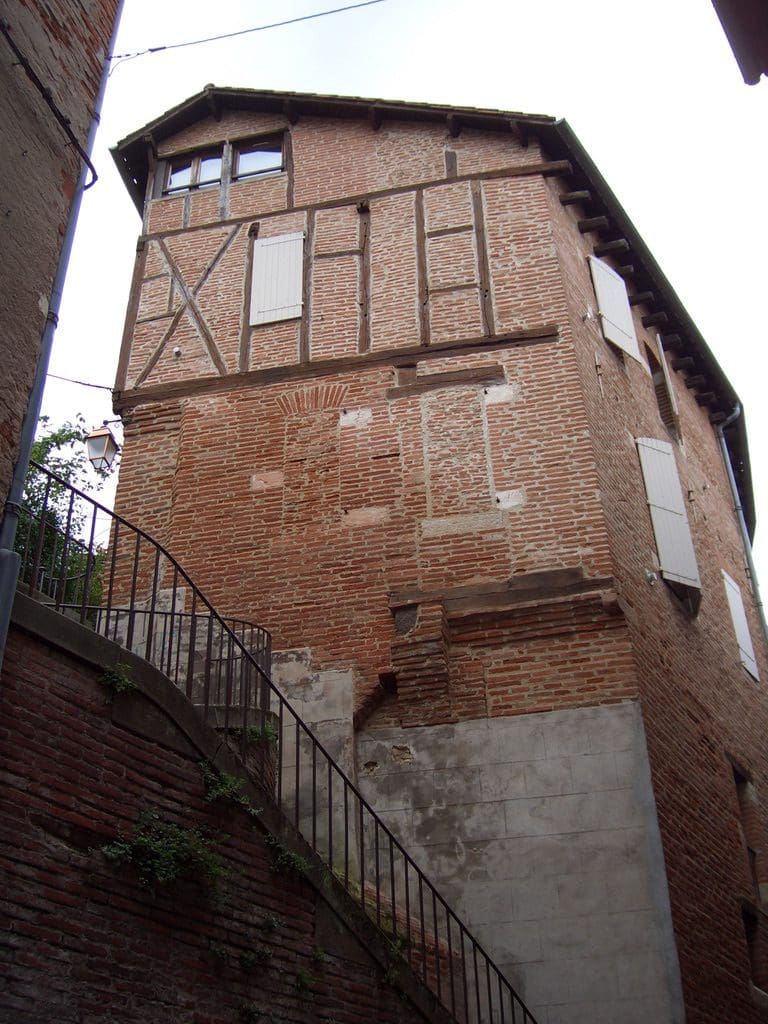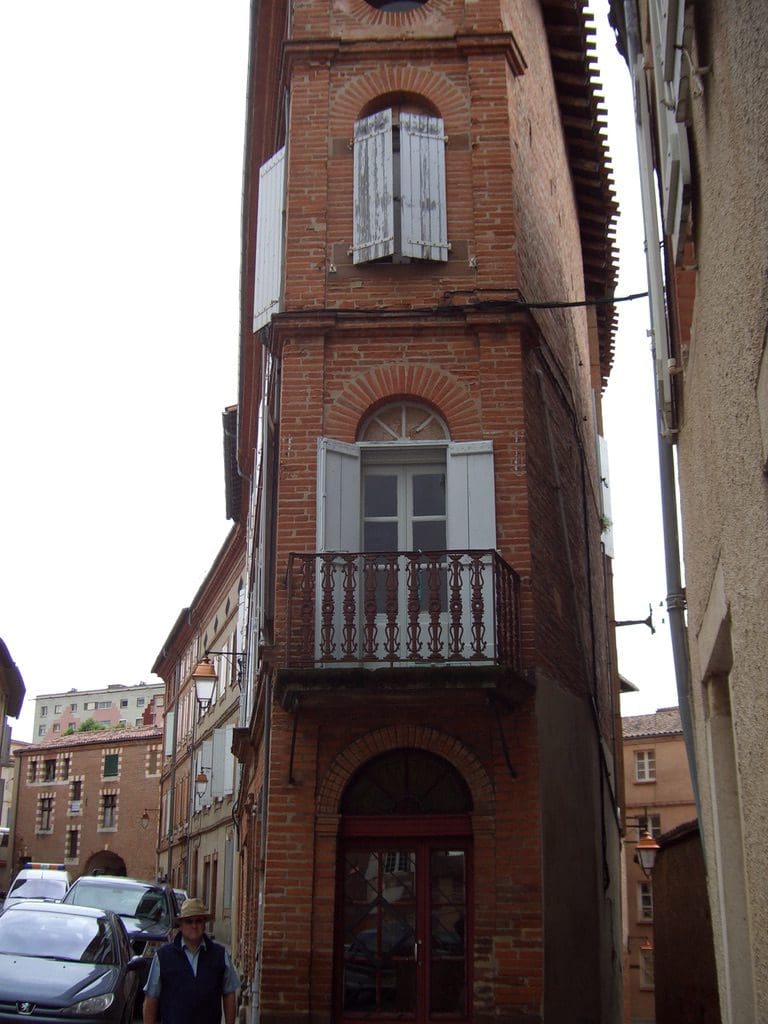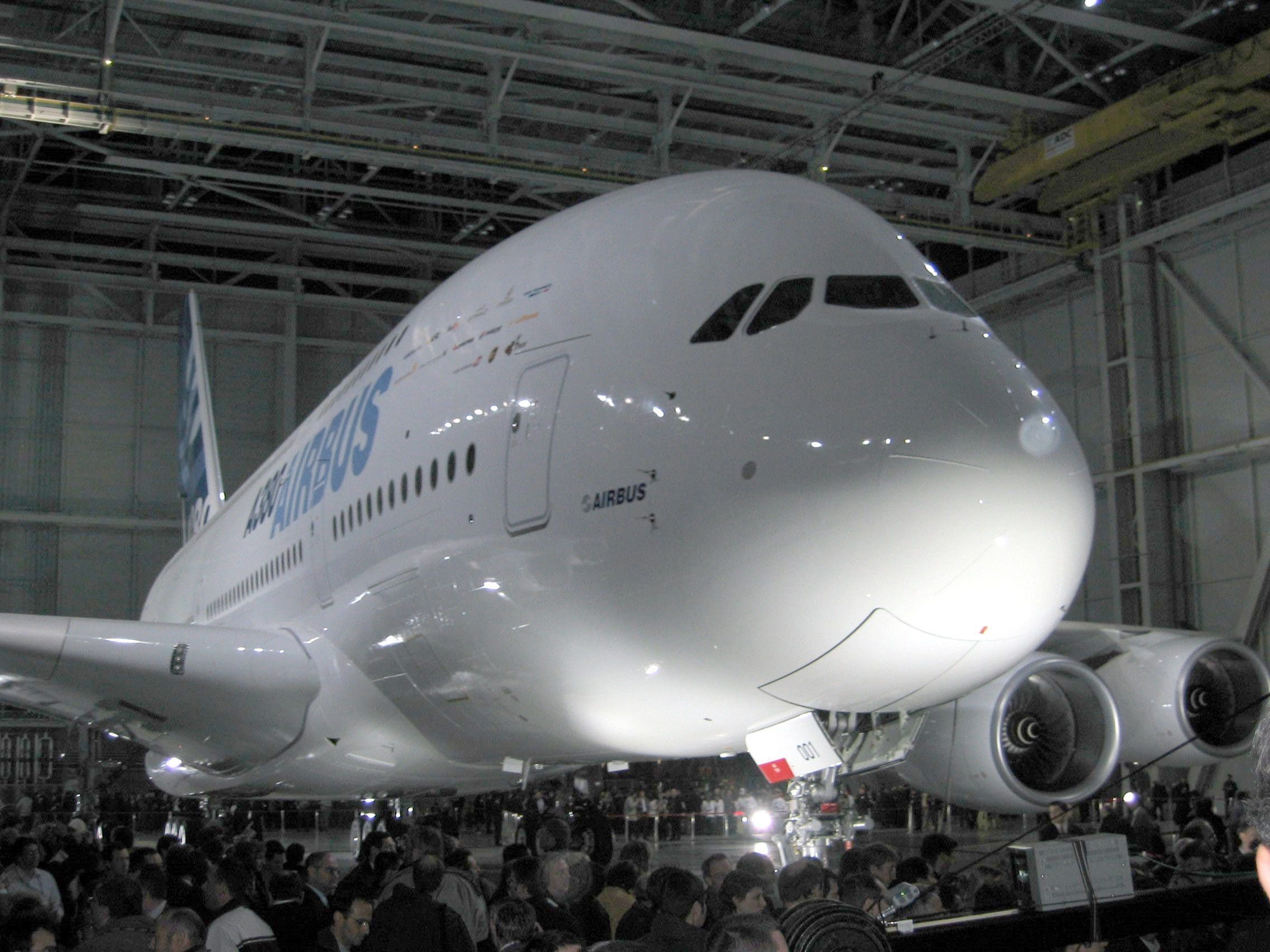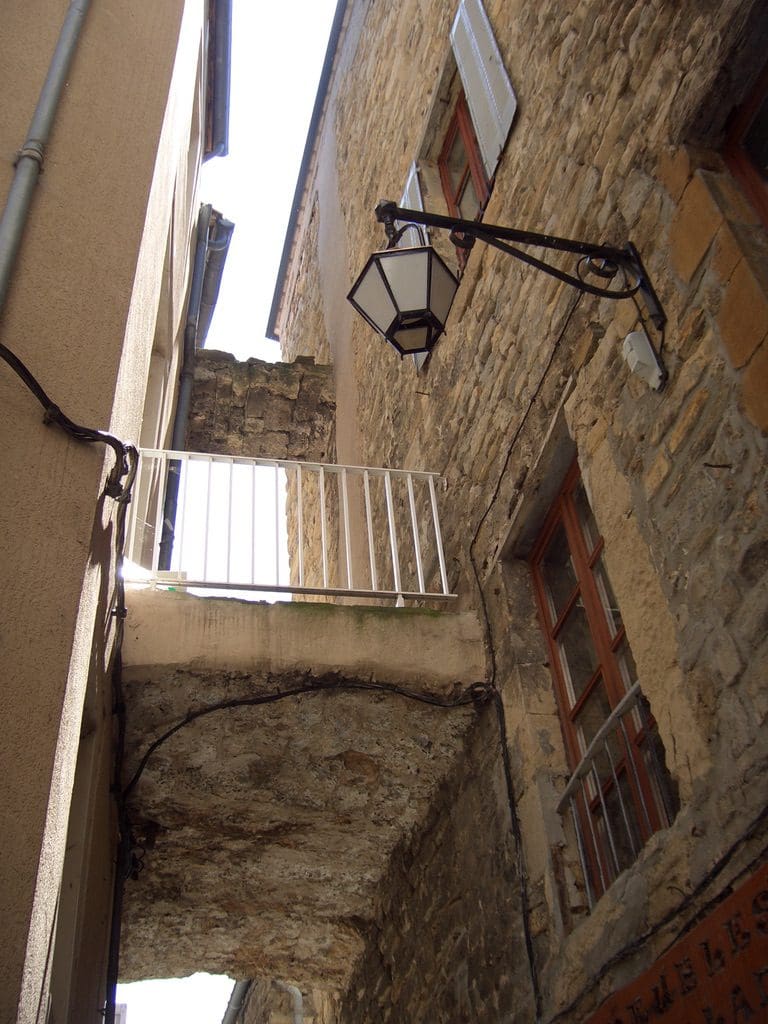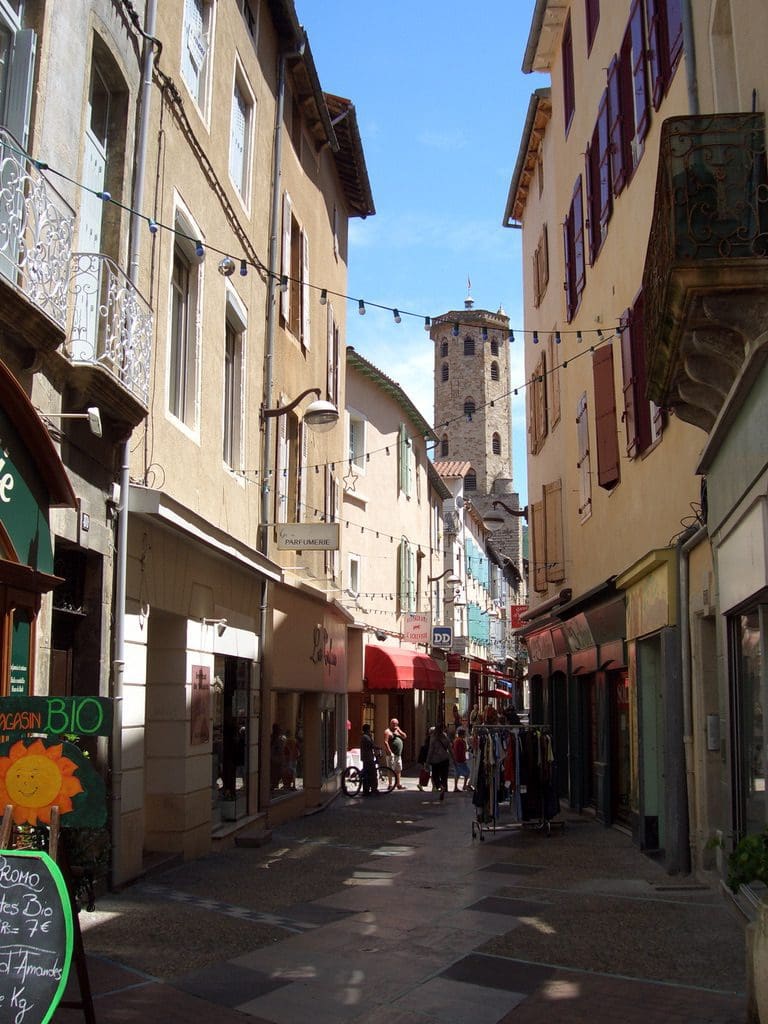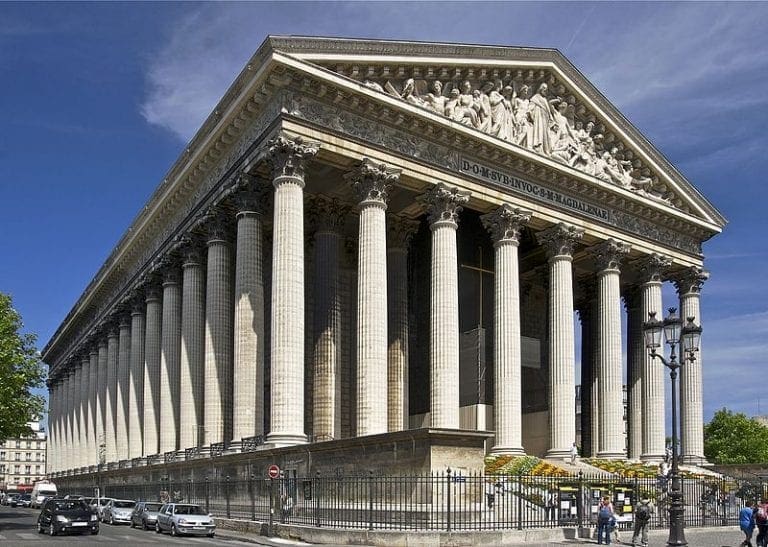Albi, Millau
25/6 The weather got us. Thunderstorms overnight. Woke to drizzly mist, not actually raining, but dropping a lot of precipitation. We were intending to drive the stage ?? of the Tour. However, first we had to get there. This meant a drive up and down the Col du Tourmalet – a very famous Tour place. 2115 metres with stunning views of the Pic du Midi (which has a chair lift running in summer for tourists to see the scenery). We saw none of it. Visibility was about 3 metres. We could make out 3 dotted lines on the road in front at the best of times. Cars, cows, sheep, bicyclists, motor homes, chair lifts would appear out of the gloom. Very hard even to see car headlights. At the top of the Col du Tourmalet is a statue of a Tour rider on the climb up, a plaque to a fallen rider, several famous Tour names written on the road (one at least of whom is dead from too much EPO – he was ‘King of the Mountains’ for several years). This is often the end of a Tour stage. We could see bugger all and the drive had been so difficult that we called it quits and headed down out of the Pyrenees along the tollway to Toulouse and towards Albi. Stopped at one of the big rest areas they have at regular intervals on their motorways to change drivers and negotiate yet another loo stop (some are spotless while others cause people to take to the surrounding bushes with roll of paper under arm. A tip for anyone considering traveling in France – carry your own loo paper. You’re likely to find it handy especially when you really need it.) To get back to my story – the area was beautifully shady – mulberry trees laden with fruit – small but very flavoursome. Along with everyone else we had a quick feed before proceeding on our way. We are in a cabin for a couple of nights as a break from the tent. We need it. (For Albi & Millau slide show, click here.)
We can hook into someone’s unsecured wifi from here and receive e-mails. However, we cannot send emails.
26/6 We went into Albi today and visited the Toulouse-Lautrec museum. He was born in Albi. We had seen a few of his works, mainly posters. It was great to see so many in one place. The man certainly had talent – a real gift for the human figure. A very simple style and an uncanny ability to frame the picture. He died early (aged 37) in 1901, probably due to a very misspent youth with much booze and women. A great sense of humour in his work. No wonder the establishment hated him. From there to lunch in a very crowded outdoor restaurant. We think it’s the first we have seen with just the kitchen and servery inside and all tables outside under awnings. From there to the Laperouse museum. This fellow (also born in Albi) was appointed in 1775 to chart the Pacific for France by Louis XVI. He turned up in Botany Bay on 26 January 1788, just as the first fleet was moving from Botany Bay to Port Jackson . A friendlyish meeting apparently, considering the countries were at war. If things had been otherwise, we may have been speaking French. He, and most of his crew were killed when his ships were wrecked near the Solomons a few weeks later. They named a suburb of Sydney after him.
Albi is another one of these very old towns. A sizable bridge was built over the river Tarn in the 11th century and is still in use today – a bit narrow by today’s standards but when walking over it you keep an eye out for the traffic and the dog shit. (Yep, I put my proverbial foot in it – large dog also by the look of it.) The old buildings were built from a distinct red clay brick, with the cathedral and bishops palace massively imposing structures. Over the years you can see where windows/doors have been bricked in and walls heightened. Much of the older part of the city looks like a set for a Shakespearian play – wood and clay brick buildings that overhang narrow windy lanes. The uppermost of the 4/5 storeys is open – probably hoping for a cool breeze in summer.
A few more observation on French and their dogs. You can’t miss the fact that there are lots of dogs, from miniscule to very large. They are extremely well trained and behave well – seldom hear a dog bark. They go everywhere with their owners who are usually quite happy for you to pat their dog. There is often an extra charge at caravan parks for a dog – just like for an extra person. There are banks of plastic bags at conspicuous places for owners to pick up their mess. Parks and buildings are usually turd free but the street seems to be free for all which can make for interesting walking. At many restaurants I haven’t even noticed that a dog has been there until the owners have walked out. We were at an upmarket pizza joint one evening when madam walked in with her poodle. The dog seemed unsettled and wandered around a little. The solution – monsieur took his jacket off and put it on the floor for the dog to sit on. It promptly did so much to the relief of the waiters who were negotiating a fairly close seating plan laden with plates.
Guess what – the Tour is coming to Albi and everyone is getting ready for the circus to arrive. It is both the start and finish of a circular route for a time trial. Hitting those cobbled streets while going flat out on a bike is not for the faint hearted. This is where Robby McEwan (Aussi) will be going flat out if he is to retain the green jersey this year.
We are having a bit of a tidy-up of the car. Consolidation, throw out and clean up. It has been a bit like getting into an oversized coat with lots of pockets stuffed full of bits and pieces. I know I had the torch 2 days ago – it’s in there somewhere. Packing up on rainy mornings can get a bit ‘that will do’ and we have had a few rainy mornings.
27/6 We went to the Airbus visit at Toulouse. We had been booked into the 11:15am French speaking tour. We arrived early and watched all these English speakers head to check in at about 10:30. Helen suggested we try to get into that and sure enough, cancellations, and we were in. It would have been much less interesting in French. We were on the A380 tour, the new airbus. It is huge, two levels. It could seat 833 economy passengers, however, airlines are ordering configurations of first, business and economy class with about 553 seats. We saw one of the Qantas aircraft being assembled. The Toulouse plant is an assembly area. The components are built in France (nose cone and central fuselage), UK (wings), Germany (two pieces of fuselage), Spain (fin, tailplane). Except for the fin and tailplane, all the pieces are too big to fit into their specially built transport plane (the Beluga), so they transport them by sea, then barge, then road to Toulouse. It takes 14 days to collect them all and 3 nights for the road trip from the barge to Toulouse. They showed a short video clip of the collecting and moving the huge pieces to Toulouse where they put them together. They have built a special jig to hold and move each part (like a wing, or tailplane) into position so it can be bolted in place. And all the electrical cables and wires plugged together (500 km of them). The compliance with technical specs to do this is truly impressive. Extraordinary orders of quality control. The jig itself was work of art. The Yanks could not do this, as we understand it each Boeing is still an individual hand knitted unique thing.
We then drove to Millau (pronounced mee-oe – rhymes with toe – for all cat lovers). Just west of Millau is an enormous new viaduct, 2.5 km long and 343 metres at it highest point. The actual road is suspended 240m above the valley floor. 7 huge pillars make the suspension bridge. Took three years to build and cost 400 million euros. They had to build huge special support pylons that were subsequently removed. The French are extremely good engineers. In the two projects we saw today, they showed extremely good expertise and quality control.
We are in a campground just north east of Millau, full of Dutch – hope someone remembered to turn off the lights. We arrived and found a place for the tent in the shade. Then we noticed all the Dutch sitting back in the sun on deckchairs and holding mirrors under their chins.
28/6 Off to Roquefort, King of Cheeses. We did the tour, all in French, however, we were given a translation of the main parts of it. The impressive thing is the huge volume of cheese they deal with each year, ???, the age of the place (Roquefort was mentioned by Pliny the Elder in 75AD, the Societe was formed in 1842) and the Quality Control – 200 tests on each cheese. This blue cheese is made from ewes which are milked out in the pastures from about December to July. The blue part comes from a penicillin that occurs naturally in the caves and grows into the spaces they leave in the cheese before they put it in the caves to dry and age. They coat the cheese in a very thick layer of sea salt – probably why blue cheese tastes salty. The Roquefort label can only be given to cheese made in a very restricted area although they are drawing milk from outside. The cheese is made in modern ‘factories’ but is still stored to mature in the caves around Roquefort. Making cheese only takes a matter of minutes but the maturation process takes months at very controlled temperatures and humidities. These conditions are controlled by opening and closing vents in the cave system. They now have 3 different varieties of blue that are stored in different caves so that the different penicillins do not mingle.
From there to lunch. We had what Helen is calling ‘bangers and mash’, mashed potato with Tomme cheese (similar to Mozzerella) melted in to leave a cheesy potatoy mash and one sausage – French. There were 3 other courses. (cold meats, main, Roquefort cheese and dessert).
From there to Micropolis – a museum about insects – mainly organised for kids – and there were the usually screaming hoards of school kids doing the rounds. Unfortunately, we had seen most of it in the raw as it were. The social insect exhibit was good with 4 hives of bees and several ant colonies. Why did they build a huge bug museum out in the middle of nowhere? It was the village of a very famous French bugologist.
We past the 10,000km mark with the silver streak today. Over the last couple of days, both of us have had a row with ‘the girl’ who ‘lost satellite reception’, at some crucial point and we headed off up dead end roads.
For the last couple of days, we have been able to hook into someone’s unsecured wifi. This got reports 10 and 11 off. For some reason, we had not been able to send 10 when we had tried before from the wifi provided by the Paradis camp. We can send and receive e-mails from here. However, we cannot hook into the electricity. This is one park where the electrical plugs are some ‘camping’ standard.
